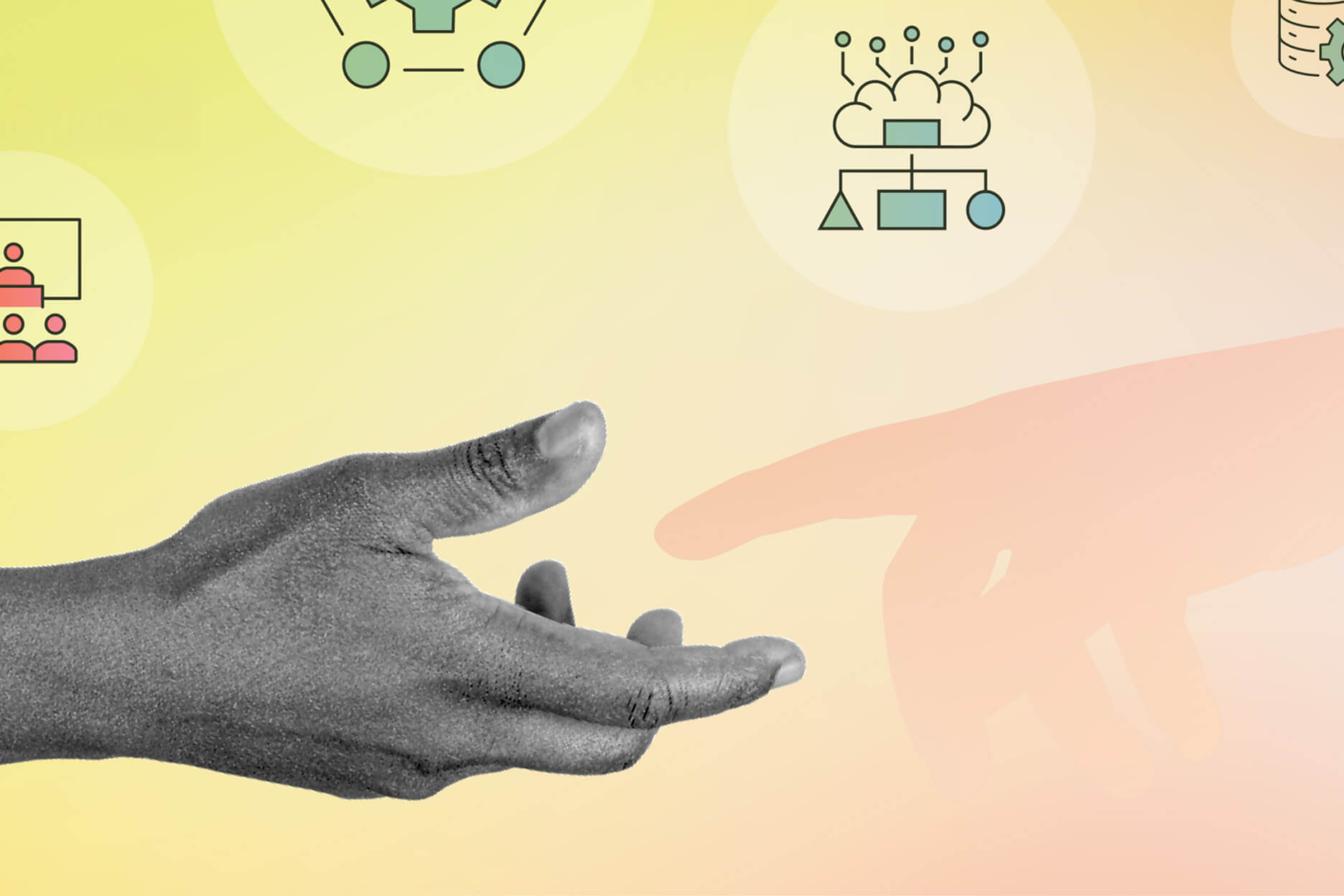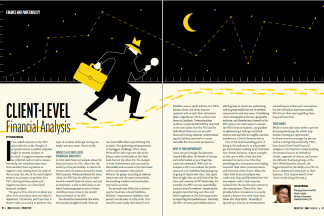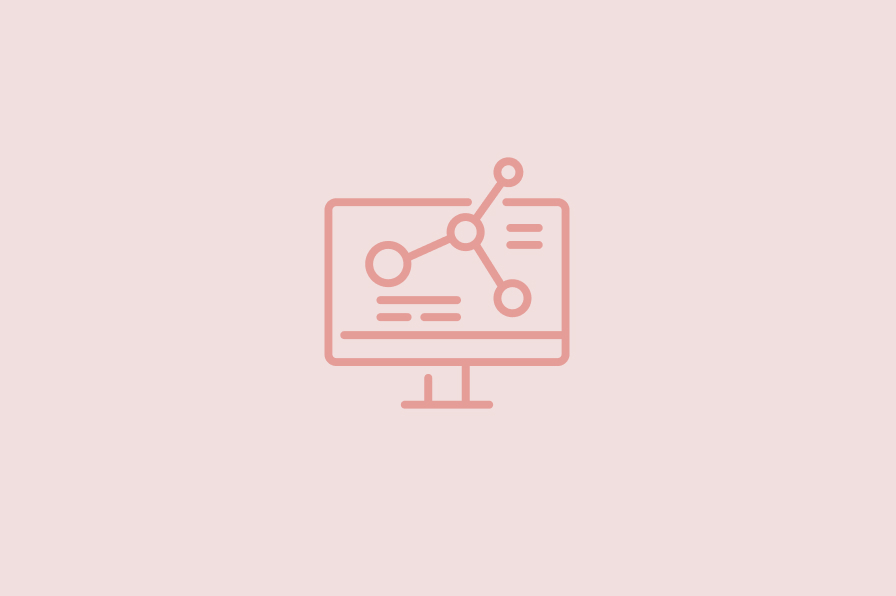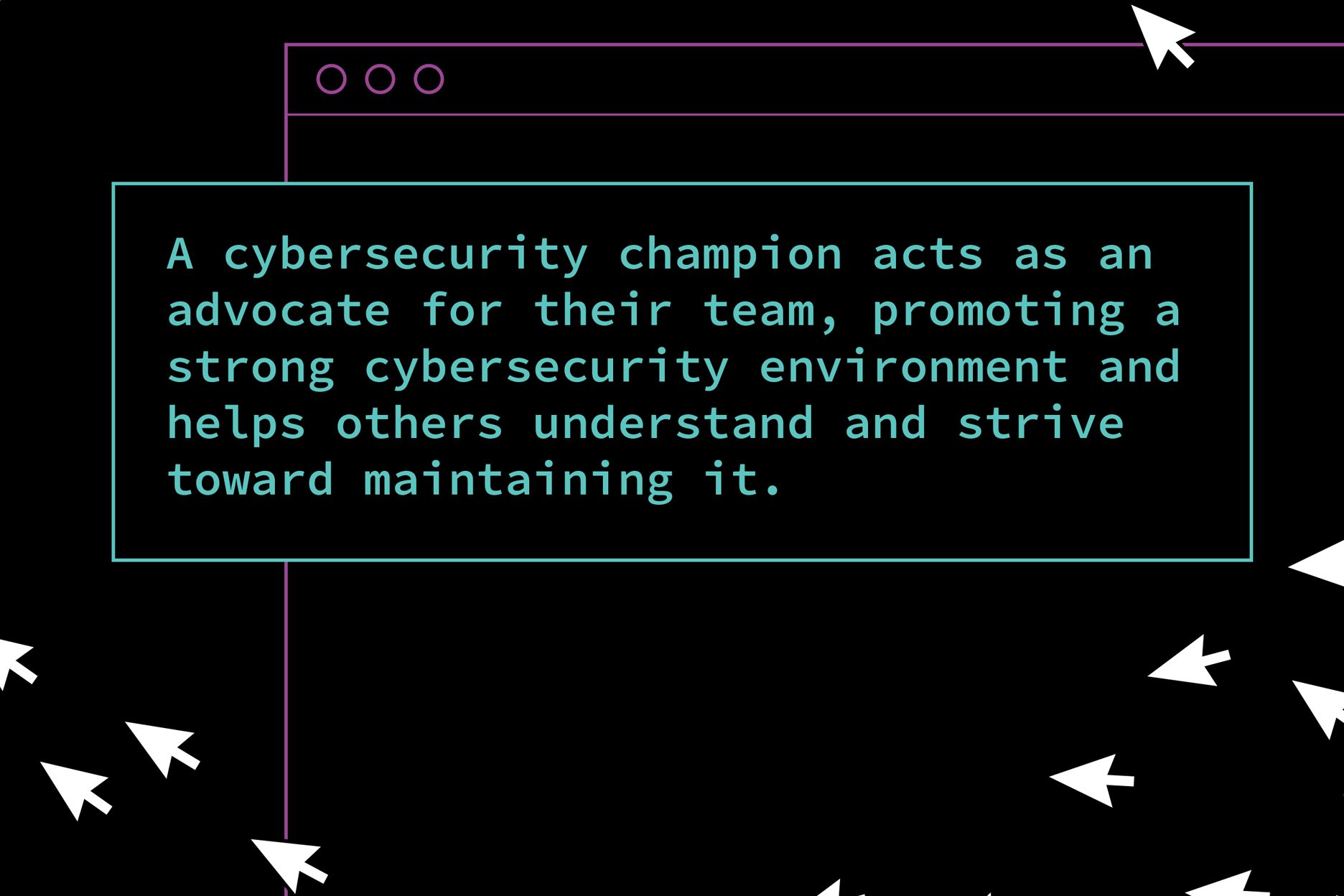HUMAN-CENTERED INNOVATION: HOW AI IS REDEFINING PAYROLL AND PEOPLE STRATEGY
August 2025


PEO leaders are no strangers to balancing complexity with clarity. At the intersection of HR, compliance, payroll, and people strategy, you’re expected to deliver seamless, human-centered business services—all while navigating a rapidly changing technology landscape. The shift toward automation and AI is no longer a concept; it’s a current reality, reshaping how work gets done.
Yet amid the promise of productivity and cost savings, one essential question rises above the rest: Are we advancing in a way that enhances the employee experience—or simply optimizing for efficiency?
THE VALUE OF PAYROLL TECH: CURRENT STATE
Over the years, payroll technology has delivered tremendous value for both PEOs and their clients. Administrators handling hiring, onboarding, time tracking, payroll, and benefits now operate at greater scale—even amid growing regulatory complexity. For instance, many HCM platforms offer automation for tax forms down to local jurisdictions, as well as tools for ACA compliance, to name just a few. These innovations have helped reduce compliance risk and significantly improved productivity.
Equally important is the rise of self-service functionality, particularly via mobile access, which places the ownership of personal information back into the hands of employees. With direct access to time & attendance, benefits enrollment, and year-end forms, employees gain visibility into their data—and no longer need to chase down approvals or paperwork.
These advancements aren’t just operational wins. They translate into lives made easier, smoother onboarding experiences, and reduced frustration stemming from payroll inaccuracies or opaque benefits information.
In a world where payroll can often feel commoditized, this kind of engagement is a true differentiator.
AI: BETWEEN THE HYPE AND THE HUMAN
AI holds even greater promise for payroll—enabling intelligent chatbots that respond to employee questions and predictive tools that flag compliance risks before they surface. But in the drive to automate, there’s a cautionary tale.
Years ago, HR departments embraced self-service tools to streamline routine tasks like timecards and address changes. But in digitizing these processes, many overlooked the value of human interactions, the casual conversations that often revealed deeper concerns or needs.
Today’s AI systems are more advanced, but not necessarily more discerning. They can route transactions and learn from patterns, but they often lack the intuition, empathy, and nuance of human dialogue. In critical moments—such as onboarding a new hire, navigating a parental leave, or guiding someone into retirement, it’s the human connection that makes all the difference.
THE ROI OF HUMAN EXPERIENCE
This is where PEOs can truly differentiate themselves. You’re not just compliance experts or payroll processors—you are stewards of the employee experience. In this new era, the competitive advantage lies not in choosing between human or machine, but in harmonizing the two.
Let AI handle the transactional load. Use it to provide real-time data, flag anomalies, and draft communications. But reserve human expertise for what matters most: asking the questions AI doesn’t know to ask, providing context to compliance, and seeing the person behind the paycheck.
A well-designed system delivers more than just savings—it fosters time efficiency, higher retention, and a workforce that feels both engaged and supported.
PRACTICAL STEPS FOR PEO LEADERS
Audit for Human Touchpoints. Map the employee journey and identify where automation enhances the experience—and where it falls short. Is your onboarding efficient but impersonal? Is offboarding reduced to an automated email?
Invest in Adaptable AI. Seek out systems that combine automation with flexibility and allow for human override. A workflow that can adjust to unique circumstances is far more valuable than one that simply moves faster.
Enable Human Insight. Empower your teams with tools that reveal actionable insights, not just raw data. The best technology doesn’t replace judgment—it sharpens it.
Rethink Metrics. Expand your definition of ROI to include employee sentiment, engagement, and trust. The best systems make people feel empowered, not processed.
THE FUTURE IS HUMAN-AI HYBRID
As we look beyond 2025, the most successful PEOs won’t be those that automate for the sake of efficiency, but those that thoughtfully blend AI capabilities with human empathy and insight. Partner with your HR and payroll platforms to move beyond transactions. Seek out solutions that empower you—and your clients—to bring confidence, clarity, and care into an ever-changing world of work.
Keep calibrating the balance between human and AI—and you won’t just adapt to the future of work; you’ll help define it.
-
SHARE
- Copy to clipboard



